AMD extends Kaveri and tidies up APU range.
AMD is launching A10-7800, A8-7600 and A6-7400K which fills some obvious gaps in the Kaveri range and creates some equally obvious overlaps with the existing 6000 and 5000 models.
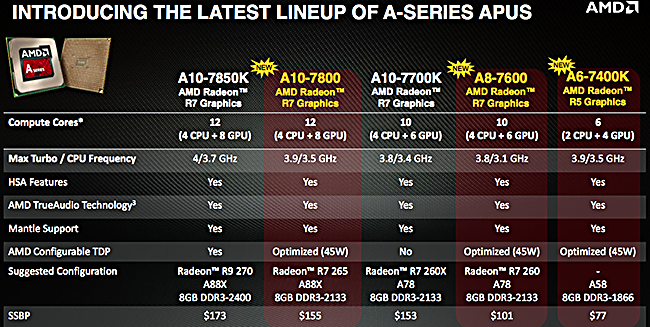
AMD hasn't said anything definitive about the new product stack and while I would hope that the A10-7800 signals the death of A10-6800K and A10-5800K I am not certain this is the case.
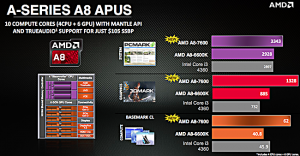
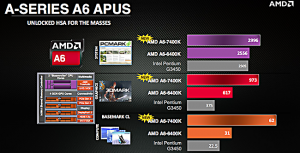
On the other hand I am confident we have seen the last of A8-6600 and A6-6400K as AMD is shouting how the new models make the older technology look silly by comparison.
AMD has released US dollar pricing for some of the new models but hasn't yet given us all the UK pricing so here are my best guesses:
A10-7850K £125.
A10-7700K £120.
A8-7600 £75 estimated.
A6-7400K £55 estimated.
AMD has a sweetener for the deal. Starting in August and running until October there is a game bundle offer for anyone buying an A10 APU that covers 7800, 7700 and 6800 models. I assume this means you get a Steam unlock code for your chosen game from a list of three.
These are Thief (£10 at Amazon, £20 on Steam), Sniper Elite III (£24 at Zavvi, £35-£40 elsewhere inc Amazon and Murder Soul Suspect (£8 on PC). To my mind that makes Sniper Elite III the obvious choice here.
Most of the features in the new APU's are standard across the Kaveri range so the three new models sport TrueAudio and support Mantle and use HSA (Heterogenuous System Architecture) which speeds up communication between the CPU and GPU in an APU.
This ties in with AMD's push on Open CL which uses both CPU and GPU cores for computing, and of course the graphics cores use GCN (Graphics Core Next) technology.
During the briefing about Kaveri AMD specifically mentioned Power DVD 14, Libre Office and Adobe Creative Cloud as good examples of software that benefit from Open CL. A cynic would point out that is a very short list of products.
The only new feature I can spot in these three models of Kaveri is the TDP which is described by AMD as ‘Optimized 45W'. A 45W TDP would be welcome and 35W would be even better, but this is not what AMD is offering. The three new Kaveri all have a 65W TDP that can be switched down to 45W within the BIOS of a compatible motherboard.

AMD presents PC Mark 8 and 3D Mark that show the lower TDP only has a minor impact on performance. When the A10-7850K is throttled to 65W it has effectively the same performance as the new A10-7800 which suggests the extra 100MHz or 200MHz is what pushes A10-7850K over the 65W mark.
The other point that AMD is making in these charts is that when A10-7800 is throttled from 65W to 45W the 3D Mark score only falls from 1,500 marks to 1,401 marks. That is a seven percent drop in performance for a 30 percent drop in power. I know that TDP and power draw are not one and the same thing but it makes me wonder why AMD didn't take the plunge and release a 45W part.
My feeling is that AMD is selling mixed messages. On the one hand an APU handles most of the workload that most people perform day in and day out. It is easier, quicker and cheaper to build a PC around an APU than it is to configure a regular system in a tower case.
On the other hand if you want to add some oomph for gaming you can plug in an AMD graphics card that will work in concert with the GPU in the APU. This is true enough but an extra £100 for an R7 260 or 265 graphics card adds an extra whack to the cost of your PC so why not simply plug in a £150 or £200 R9 and have done with it?
If you want the option of plugging in a graphics card you are obliged to use a small tower and forget about SFF, which strikes me as a mixed message about the best application for Kaveri.

There is no doubt that the integrated graphics core in Kaveri benefits from fast DDR3 system memory. AMD markets its own Radeon memory in three types.
Radeon R5 runs up to DDR3-1600 for entertainment systems, Radeon R7 is the performance variety that works up to DDR3-1866 and at the top of the tree we have Radeon R9 Gamer memory with a maximum DDR3-2133 speed.
Each speed bump is worth another 200 or 300 points on your 3D Mark score however we have another piece of confusion here.
Despite AMD's claims that A10-7850K supports DDR3-2133MHz it will actually run up to DDR3-2400 provided you use memory with a suitable AMP profile. AMP (AMD Memory Profile) is the counter to Intel's XMP so it is actually fair to say that A10-7850K supports DDR3-2400 (with AMP).
The new A10-7800 is capped at DDR3-2133 memory speed.
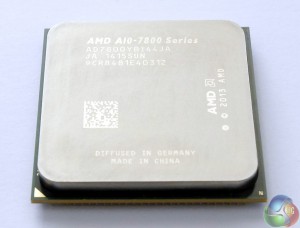
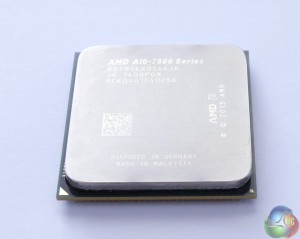
Above the AMD A10 7850K and A10 7850.
AMD sent us the A10-7800 to show the benefits of the Kaveri refresh. A quick look at that opening table of feeds and speeds tells the tale; A10-7800 runs at 3.5GHz and Turbos to 3.9GHz and as it doesn't have a K suffix we can tell it is locked and isn't much use for overclocking. Furthermore the A10-7800 runs with DDR3-2133 memory while the slightly faster A10-7850K can manage DDR3-2400.
The other difference is the TDP as A10-7850K heads up to 100W while A10-7800 starts at 65W and can be pulled down to 45W. The locked A10-7800 costs £116 while the unlocked A10-7850K costs £125.
 KitGuru KitGuru.net – Tech News | Hardware News | Hardware Reviews | IOS | Mobile | Gaming | Graphics Cards
KitGuru KitGuru.net – Tech News | Hardware News | Hardware Reviews | IOS | Mobile | Gaming | Graphics Cards



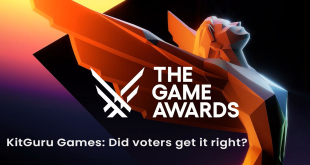
Created a profile just to let you how helpful your review and research was to me. Helping a noob friend pc game for cheap.
Thanks a bunch.